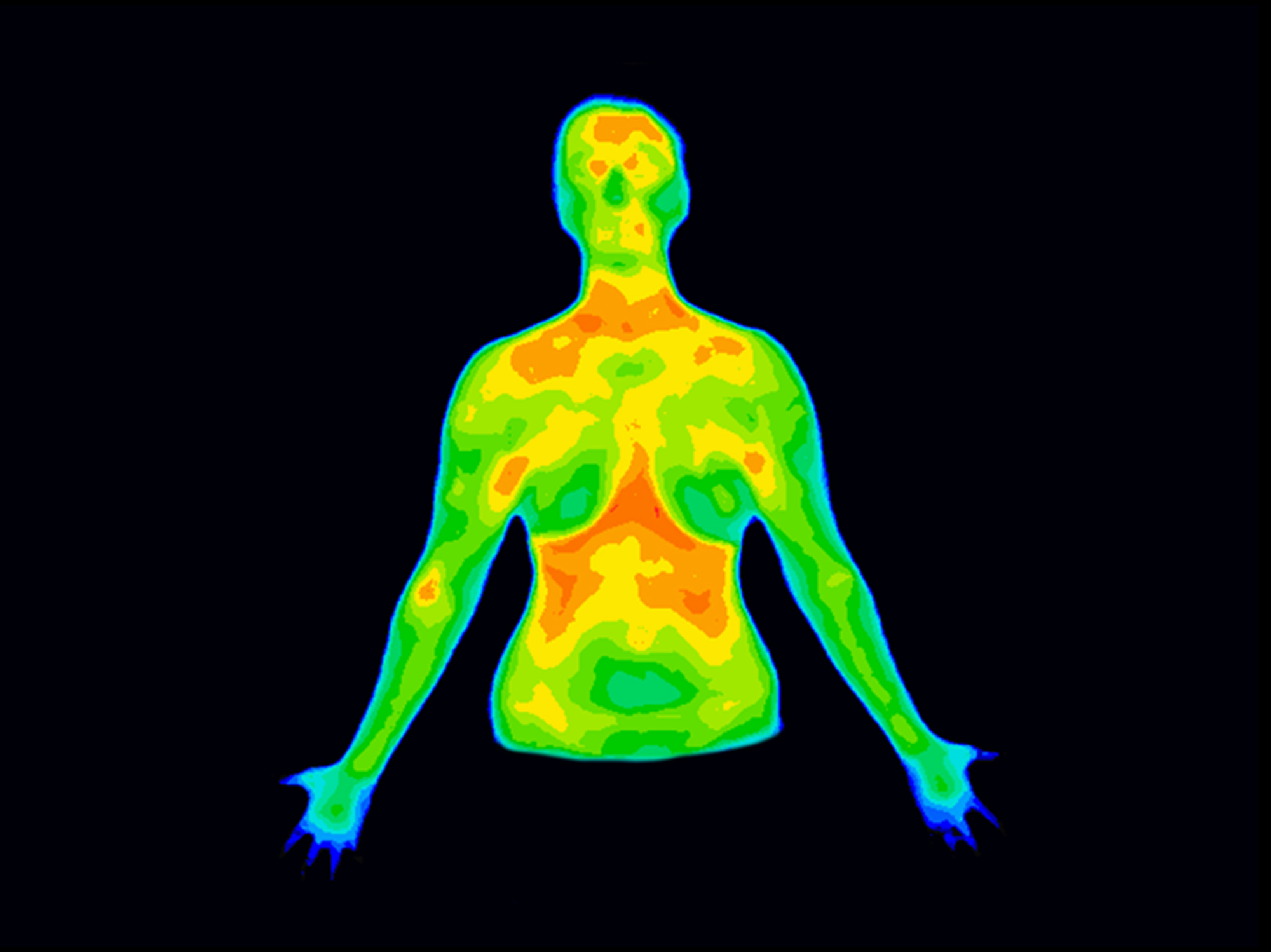Get Easy Health Digest™ in your inbox and don’t miss a thing when you subscribe today. Plus, get the free bonus report, Mother Nature’s Tips, Tricks and Remedies for Cholesterol, Blood Pressure & Blood Sugar as my way of saying welcome to the community!
How to “see” breast cancer faster than a mammogram

During a recent visit to my doctor’s office for routine bloodwork, the nurse asked me why there wasn’t a mammogram report in my file.
“You need to get one soon,” Tammy said. “You’re over 40, and you should be getting one every year. The risk for getting breast cancer only goes up as you get older.”
After I told her that I appreciated her concern, I explained how I was using a better technology for detecting cancer, one that offers the opportunity to “see” abnormal cell growth well before a mammogram ever could.
She was really curious and a little skeptical, as I shared with her details about the screening I use. I told her that my test:
- Doesn’t have a high rate of false positives, unlike mammograms
- Is painless compared to the painful squeezing that can actually stimulate cancer growth
- Doesn’t subject me to any harmful radiation, unlike mammograms
- Gives me immediate feedback on the process that fuels cancerous cell growth
So, what is it?
The breast cancer screening that trumps mammograms
It’s called breast thermography, and it uses infrared cameras to detect, analyze, and produce high-resolution images of temperature and vascular changes (think changes in your blood vessels).
With thermography, there’s no compression of the breast tissue, which can actually stimulate cancer growth. And, let’s admit it, is just plain uncomfortable.
You simply sit in front of the thermal imaging equipment for about 15 minutes and you’re done.
Then, just like with any medical imaging, you’re scans are sent out to be read. A doctor then notes any changes in the temperature in and around your breast area, including your armpits.
Sounds easy, right?
And, you know what’s even better?
Any signs of possible cancer or pre-cancerous cell growth activity may be detected up to 10 years prior to being discovered using any other procedure, including mammography.
That’s a 10 year window that could save your life!
But why does a change in temperature matter?
According to Dr. Philip Getson, D.O., “It is widely acknowledged that cancers, even in their earliest stages, need nutrients to maintain or accelerate their growth. In order to facilitate this process, blood vessels are caused to remain open, inactive blood vessels are activated, and new ones are formed through a process known as neoangiogenesis. This vascular process causes an increase in surface temperature in the affected regions, which can be viewed with infrared imaging cameras. Additionally, the newly formed or activated blood vessels have a distinct appearance, which thermography can detect.”
And, more than 30 years of research, involving 800+ peer-reviewed studies, and over 300,000 women revealed that:
- An abnormal infrared image is the single most important marker of high risk for developing breast cancer.
- An abnormal thermogram is 10 times more significant as a future risk indicator for breast cancer than a first order family history of the disease.
- When used as part of a multimodal approach (clinical examination + mammography + thermography) 95% of early stage cancers will be detected.
And to top it off, thermograms have a sensitivity rate of 90 percent compared to an overall sensitivity rate of 87 percent in mammograms!
So, if you want to detect breast cancer as early as possible while avoiding the risk of radiation, breast thermography is the clear choice. By detecting small changes in your breasts early, you can make the diet and lifestyle changes necessary in order to lower your cancer risks and preserve your breast health.
Editor’s note: Discover how to live a cancer prevention lifestyle — using foods, vitamins, minerals and herbs — as well as little-known therapies allowed in other countries but denied to you by American mainstream medicine. Click here to discover Surviving Cancer! A Comprehensive Guide to Understanding the Causes, Treatments and Big Business Behind Medicine’s Most Frightening Diagnosis!
In case you haven’t noticed yet, you’re seeing fewer and fewer posts, like this one, in your Facebook feed. Facebook will only allow our posts to reach a small fraction of our more than 400,000 Facebook followers. Seems like censorship but they call it “algorithms.” If you can give us a share, we’d appreciate it — and so will others. Thank you!
Sources:
- What is Thermography… Really? — International Association of Medical Thermographers
- Mammography Controversies: Time for Informed Consent? — Journal of the National Cancer Institute
- Mammography-oncogenecity at low doses — Journal of Radiological Protection
- Thermography. Its relation to pathologic characteristics, vascularity, proliferation rate, and survival of patients with invasive ductal carcinoma of the breast — Cancer
- Spitalier et al., “Does Infrared Thermography Truly Have a Role in Present-Day Breast Cancer Management?” in M. Gautherie and E. Albert, eds., Biomedical Thermology: Proceedings of an International Symposium (New York: A. R. Liss, 1982), pp. 269–78.
- R. Amalric et al., “Does Infrared Thermography Truly Have a Role in Present-Day Breast Cancer Management?” — Progress in Clinical and Biological Research, vol. 107 (1982), pp. 269–78.
- Review of Breast Thermography — breastthermography.com
- Breast Thermography — United Breast Cancer Foundation
- Accuracy of Mammograms — Susan G. Komen Breast Cancer Foundation












